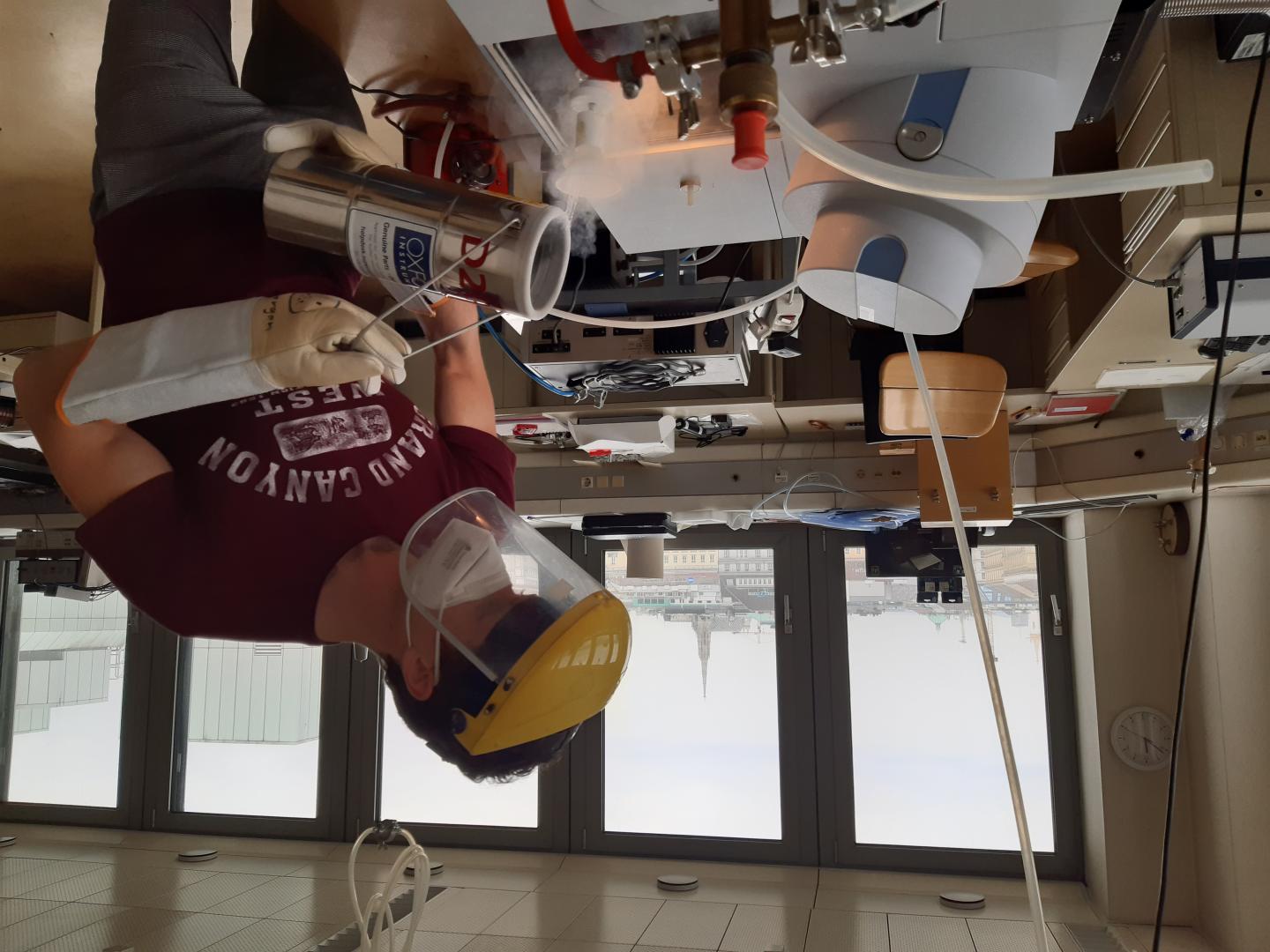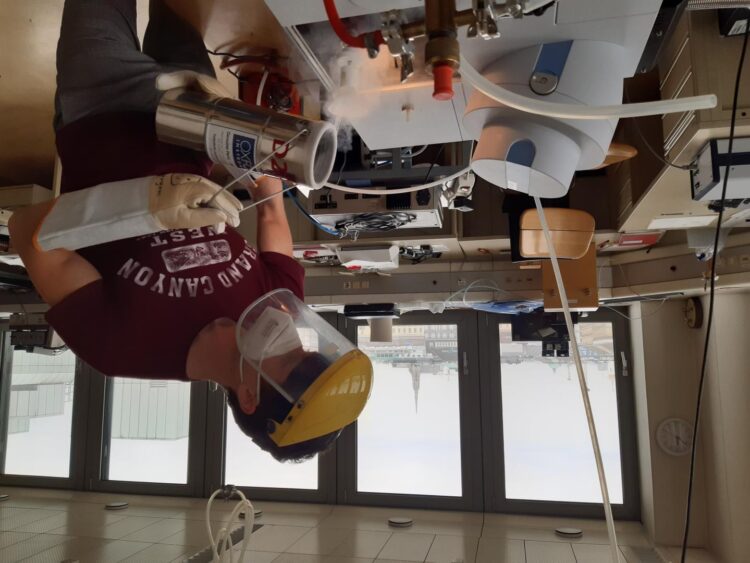New measurements have solved a mystery in solid state physics: How is it that certain metals do not seem to adhere to the valid rules?

Credit: TU Wien
We all have a clear picture in mind when we think of metals: We think of solid, unbreakable objects that conduct electricity and exhibit a typical metallic sheen. The behaviour of classical metals, for example their electrical conductivity, can be explained with well-known, well-tested physical theories.
But there are also more exotic metallic compounds that pose riddles: Some alloys are hard and brittle, special metal oxides can be transparent. There are even materials right at the border between metal and insulator: tiny changes in chemical composition turn the metal into an insulator – or vice versa. In such materials, metallic states with extremely poor electrical conductivity occur; these are referred to as “bad metals”. Until now, it seemed that these “bad metals” simply could not be explained with conventional theories. New measurements now show that these metals are not that “bad” after all. Upon closer inspection, their behaviour fits in perfectly with what we already knew about metals.
Small change, big difference
Prof. Andrej Pustogow and his research group at the Institute for Solid State Physics at TU Wien (Vienna) are conducting research on special metallic materials – small crystals that have been specially grown in the laboratory. “These crystals can take on the properties of a metal, but if you vary the composition just a little bit, we are suddenly dealing with an insulator that no longer conducts electricity and is transparent like glass at certain frequencies,” says Pustogow.
Right at this transition, one encounters an unusual phenomenon: the electrical resistance of the metal becomes extremely large – larger, in fact, than should be possible at all according to conventional theories. “Electrical resistance has to do with the electrons being scattered at each other or at the atoms of the material”, explains Andrej Pustogow. According to this view, the greatest possible electrical resistance should occur if the electron is scattered at every single atom on its way through the material – after all, there is nothing between an atom and its neighbour that could throw the electron off its path. But this rule does not seem to apply to so-called “bad metals”: They show a much higher resistance than this model would allow.
It all depends on the frequency
The key to solving this puzzle is that the material properties are frequency-dependent. “If you just measure the electrical resistance by applying a DC voltage, you only get a single number – the resistance at zero frequency,” says Andrej Pustogow. “We, on the other hand, made optical measurements using light waves with different frequencies.”
This showed that the “bad metals” are not so “bad” after all: At low frequencies they hardly conduct any current, but at higher frequencies they behave as one would expect from metals. The research team considers tiny amounts of impurities or defects in the material, that can no longer be adequately shielded by a metal at the boundary to an insulator, as a possible cause. These defects can cause some areas of the crystal to no longer conduct electricity because there the electrons remain localized in a certain place instead of moving through the material. If a DC voltage is applied to the material so that the electrons can move from one side of the crystal to the other, then virtually every electron will eventually hit such an insulating region and current can hardly flow.
At high AC frequency, on the other hand, every electron moves back and forth continuously – it does not cover a long distance in the crystal because it keeps changing direction. This means that in this case many electrons do not even come into contact with one of the insulating regions in the crystal.
Hope for important further steps
“Our results show that optical spectroscopy is a very important tool for answering fundamental questions in solid-state physics,” says Andrej Pustogow. “Many observations for which it was previously believed that exotic, novel models had to be developed could very well be explained by existing theories if they were adequately extended. Our measurement method shows where the additions are necessary.” Already in earlier studies, Prof. Pustogow and his international colleagues gained important insight into the boundary region between metal and insulator using spectroscopic methods, thus establishing a fundament for theory.
The metallic behaviour of materials subject to strong correlations between the electrons is also particularly relevant for so-called “unconventional superconductivity” – a phenomenon that was discovered half a century ago but is still not fully understood.
###
Contact
Ass. Prof. Dr. Andrej Pustogow
Institute for Solid State Physics
TU Wien
+43 1 58801 13128
[email protected]
http://www.
Media Contact
Florian Aigner
[email protected]
Original Source
https:/
Related Journal Article
http://dx.





